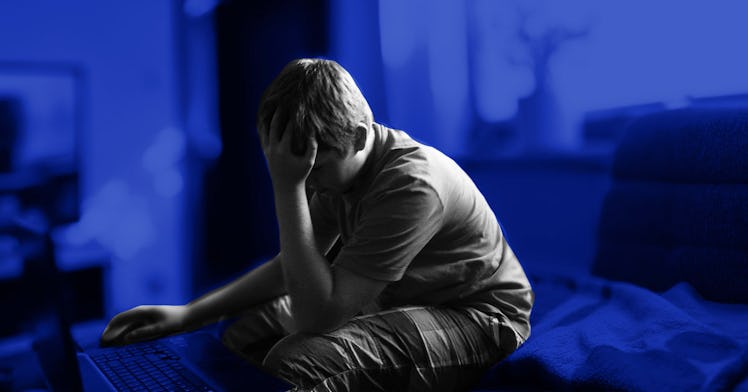The 5 Types of Child Bullying and How Parents Should Respond
Understanding the bullying landscape can help parents prepare their kids to deal with unwanted conflict

According to the National Center for Education Statistics, one out of every five students reports being bullied. And for every bullied child there is a parent concerned with how to respond. In some circumstances, it doesn’t make sense for parents to swoop in to restore the peace, but some situations require parental intervention. The severity and duration of the bullying are both critical factors, but so are the types of bullying a child experiences.
What Types of Bullying Are There?
Bullying is considered enough of a public health issue that it’s designated as an Adverse Childhood Experience by the Center for Disease Control. They define bullying as “any unwanted aggressive behavior(s) by another youth or group of youths, which are not siblings or current dating partners, that involves an observed or perceived power imbalance, and is repeated multiple times or is highly likely to be repeated.”
Specifically, the CDC outlines five different types of bullying kids may experience:
- Physical: Includes hitting, kicking, tripping and pushing
- Verbal: Name-calling and teasing
- Relational/Social: Spreading rumors and group exclusion
- Property Damage: Destruction of objects and possessions
- Cyberbullying: Aggression through websites and social media applications
Dr. Pavan Madan, M.D., a child, adolescent and adult psychiatrist with Community Psychiatry, has noticed that the types of bullying kids face can vary depending on how old they are. “For elementary school-aged kids, we often hear about physical incidents such as being pushed or hit by another classmate, often an older boy,” he explains. “During middle school, name-calling and teasing based on appearance and behavior tend to be fairly common.”
The situation becomes increasingly complex for high school students as virtual environments are added to the equation. “While verbal bullying continues to be a problem, there appears to be an increase in the incidents of cyberbullying,” notes Dr. Madan. “That makes sense given that they spend a lot of time on their electronic devices.”
What if My Child is Bullied?
While it’s impossible to prevent bullying entirely, parents are more likely to receive reports of bullying from their kids if they feel supported and heard. “Victims of bullying often feel shame or embarrassment and hesitate to talk about it to teachers or parents,” Dr. Madan shared. “So kids should not be blamed or shamed for being victims.”
For a rare or minor bullying incident, Dr. Madan advises that parents may suggest the child not give attention to the bullies. A child experiencing name-calling or teasing would be encouraged to deescalate the situation by walking away or ignoring the behavior. And in the event of cyberbullying, the situation could be diffused by using the mute or block features available on nearly all social media platforms.
But if the actions are persistent or significant, Dr. Madan acknowledges that parents may need to take a more active role in the situation. “Parents can bring the bullying incidents to the attention of the school authorities,” he says. “But eventually the family may need to discuss ways to remove the child from the traumatic environment.”
While some aspects of bullying stay consistent over time, parents and teachers should remain up-to-date as to how bullying methods evolve. “Adults should receive regular education about signs of bullying, reasons why children bully or get bullied, and ways to address them at a systemic level,” Dr. Madan notes. “And kids should be encouraged to support each other, not tolerate anyone being bullied and openly talk about bullying with adults in their lives.
Unfortunately, bullying is a tale as old as time. Creating an environment where your kids confidently advocate for themselves and others is the best way to ride it out with them.